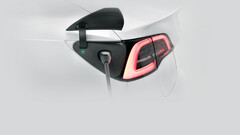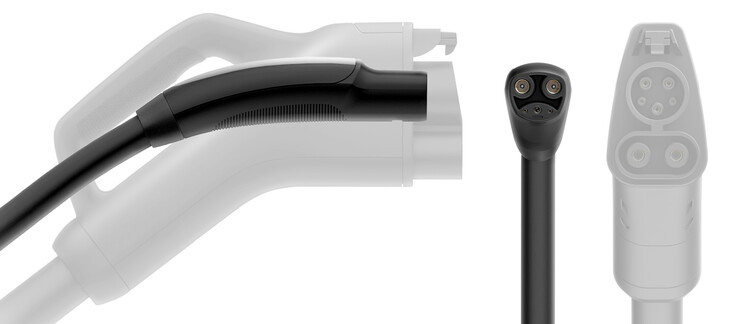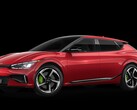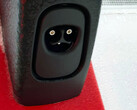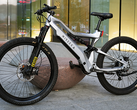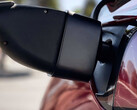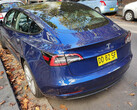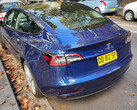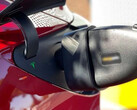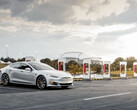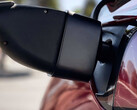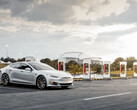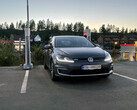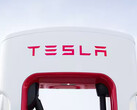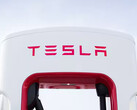Tesla recently open-sourced its EV charging system to any automaker or non-Supercharger network willing to adopt it in order to preempt the federal subsidy mandates against proprietary connectors. As far as argumentation goes, Tesla claims that its port and cable combo, which it now calls the North American Charging Standard (NACS) is a more mature and widespread technology that is superior to the Common Charging Standard (CCS) that most of the other electric vehicles use.
Tesla's insistence that its NACS technology "has no moving parts, is half the size, and twice as powerful as Combined Charging System (CCS) connectors" have been put to the test by the team of Munro and Associates who often do teardowns to test automakers' claims. They took out a NACS charging port and the surrounding paraphernalia from a Tesla car, and a CCS one from another EV, then did a descriptive analysis of the two pieces that carmakers and charging network builders will have to decide on from now on.
The NACS system of Tesla indeed proved superior to the Common Charging Standard that has now been mandated for other electric vehicles and non-Supercharger networks. It was found to be lighter, more compact, and more efficient than the CCS port and connector combo, while its vehicle entry point was more elegantly hidden behind a taillight lid than the CCS port that looks tucked behind an orthodox fuel door.
What's more, Tesla's connector uses the same pins for both AC or DC charging, and that's mainly where its more compact form factor stems from. That hasn't affected its electricity transfer abilities, though, as when Tesla open-sourced the patents and documentation of its proprietary connector, it announced that it can deliver 1MW power, much more than previously thought possible with the NACS system.
Currently, the Aptera startup has come out strongly in support of adopting Tesla's NACS charging solution instead of the clunkier and more cumbersome to use CCS. In the pledge for wider acceptance of its now open-source system, however, Tesla hinted that "network operators already have plans in motion to incorporate NACS at their chargers," and it remains to be heard which non-Supercharger stations will be jumping onboard the "up to 1 MW DC charging in one slim package" Tesla train.
Get the Lectron Level 2 Portable Tesla Charger (NEMA 14-50, 240V 40A) on Amazon




